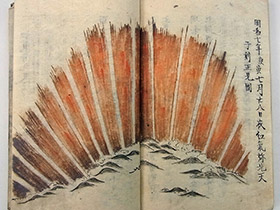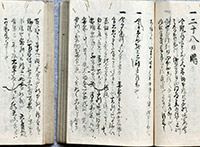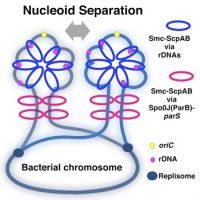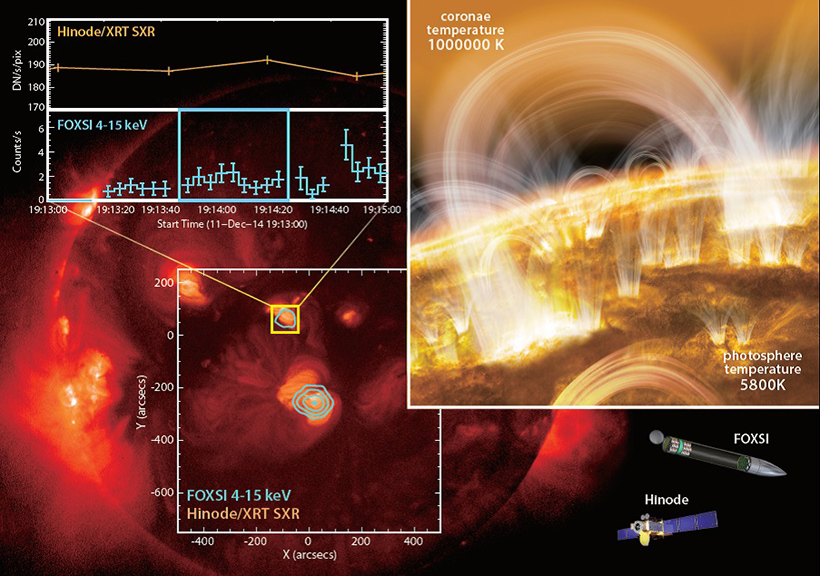National Institute of Polar Research: Graphical evidence of extreme magnetic storm
Japanese researchers combine historic accounts of a rare red aurora with modern methods to describe an extreme magnetic storm over Kyoto in the 18th century.
[box type=”shadow” align=”aligncenter” class=”” width=””]Researchers used historic accounts of a rare red aurora over Kyoto, Japan, in the 18th century to support calculations of the strength of the associated magnetic storm. The September 1770 storm could be 3–10% stronger than the September 1859 storm, the greatest storm in the past 200 years. The research provides insights that could assist preparation for an unlikely, but possible, future intense magnetic storm. [/box]
Graphical evidence of extreme magnetic storm

Auroras are lightshows that typically occur at high latitudes such as the Arctic and Antarctic; however, they expand equatorward under severe magnetic storms. Past observations of such unusual auroras can therefore allow us to determine the frequency and severity of magnetic storms. The more information that can be gathered about historic intense magnetic storms, the greater the opportunity to mitigate disruption of power grids in a future event.

“The enthusiasm and dedication of amateur astronomers in the past provide us an exciting opportunity,” Kiyomi Iwahashi of NIJL says. “The diary was written by a kokugakusha (scholar of ancient Japanese culture), and provides a sophisticated description of the red aurora, including a description of the position of the aurora relative to the Milky Way.”
“The magnetic storm on 17 September 1770 was comparable with or slightly larger than the September 1859 magnetic storm that occurred under the influence of the Carrington solar flare. The 1859 storm was the largest magnetic storm on record, in which technological effects were widely observed,” Ryuho Kataoka of NIPR says. “It was lucky for us that the 1770 storm predated our reliance on electricity”. (Read More)
News & Image Source: National Institute of Polar Research, Released on September 20, 2017 (in Japanese)
The research was supported by the Center for the Promotion of Integrated Sciences of SOKENDAI, Project to Build an International Collaborative Research Network for Pre-modern Japanese Texts of NIJL, and JSPS KAKENHI Grant Number 15H03242.
[divider style=”solid” top=”20″ bottom=”20″]Published Paper
Journal: Space Weather
Title: Inclined zenith aurora over Kyoto on 17 September 1770: Graphical evidence of extreme magnetic storm
Authors: Ryuho Kataoka and Kiyomi Iwahashi
DOI: 10.1002/2017SW001690
URL: http://onlinelibrary.wiley.com/doi/10.1002/2017SW001690/abstract



Post Comment
You must be logged in to post a comment.